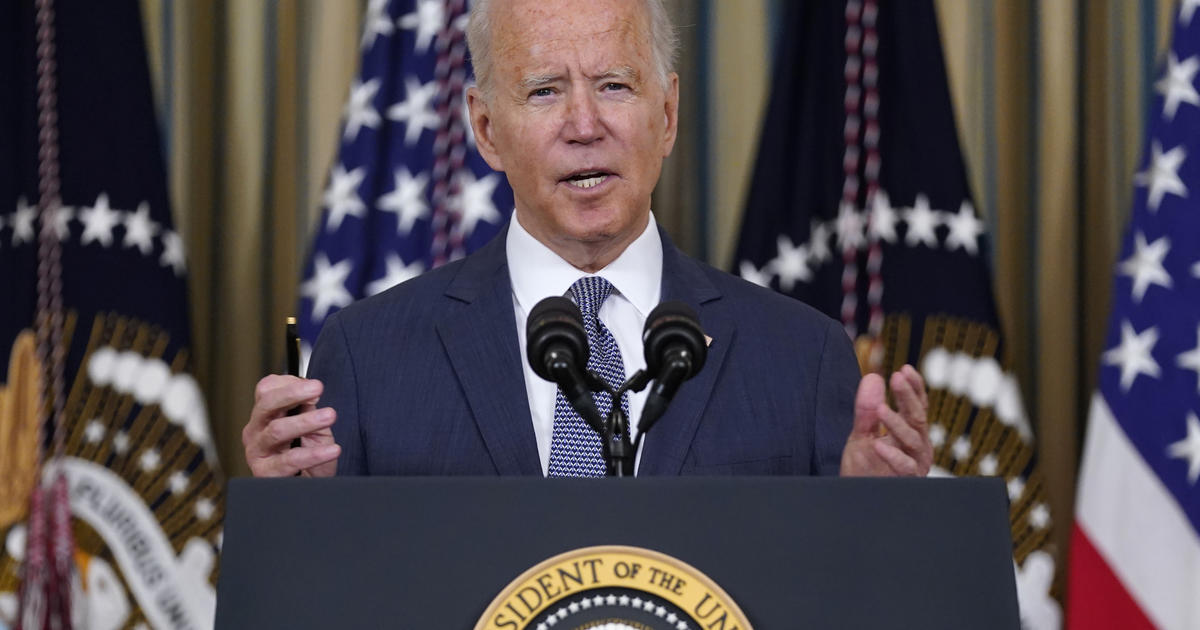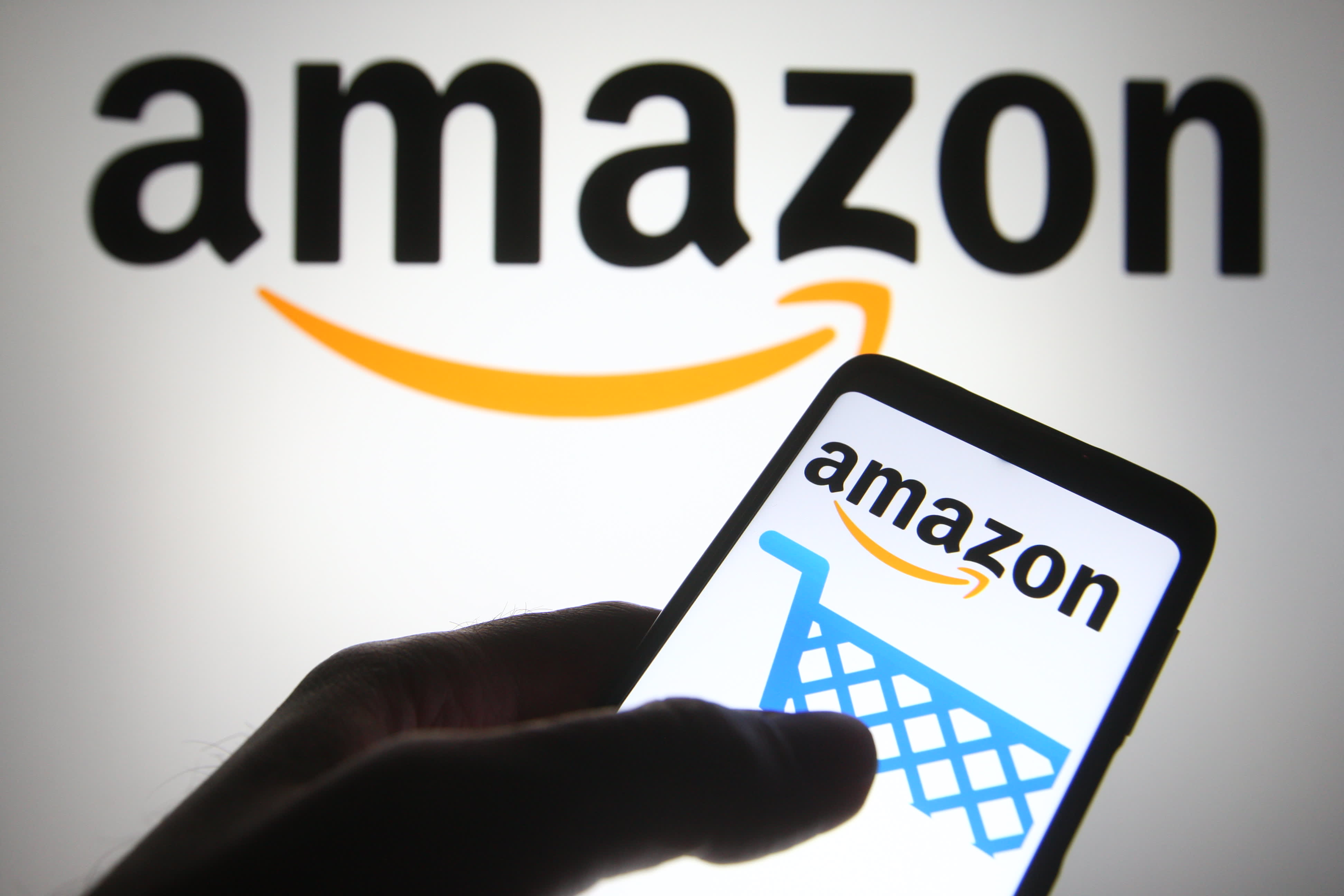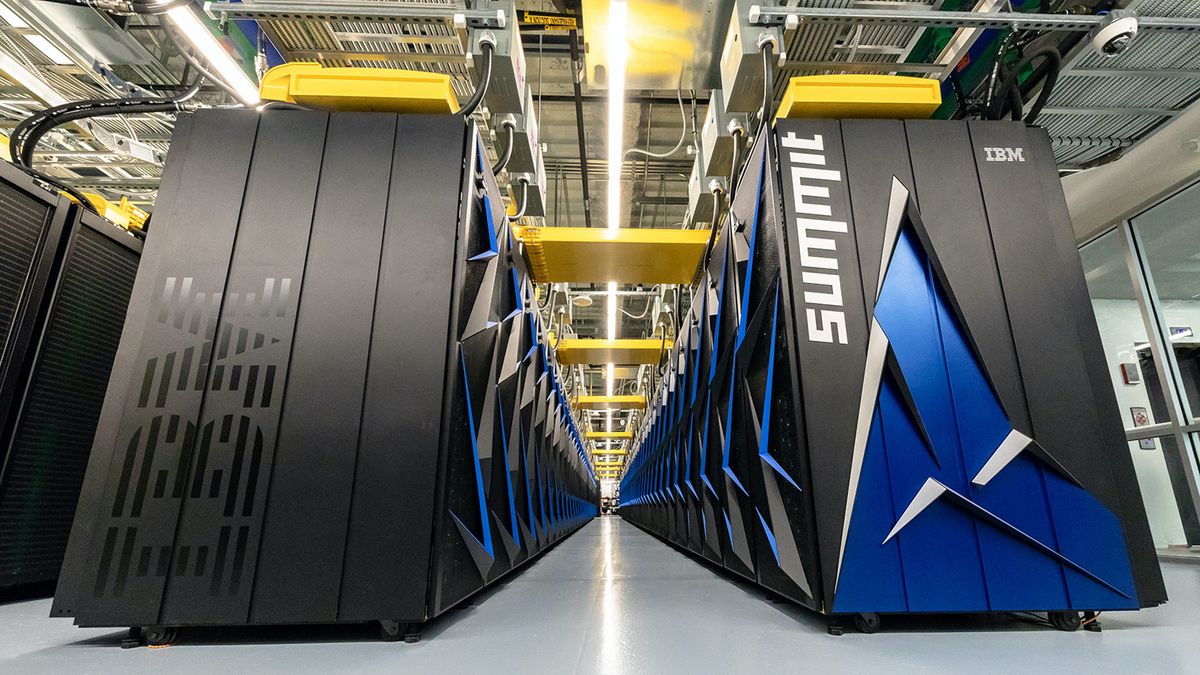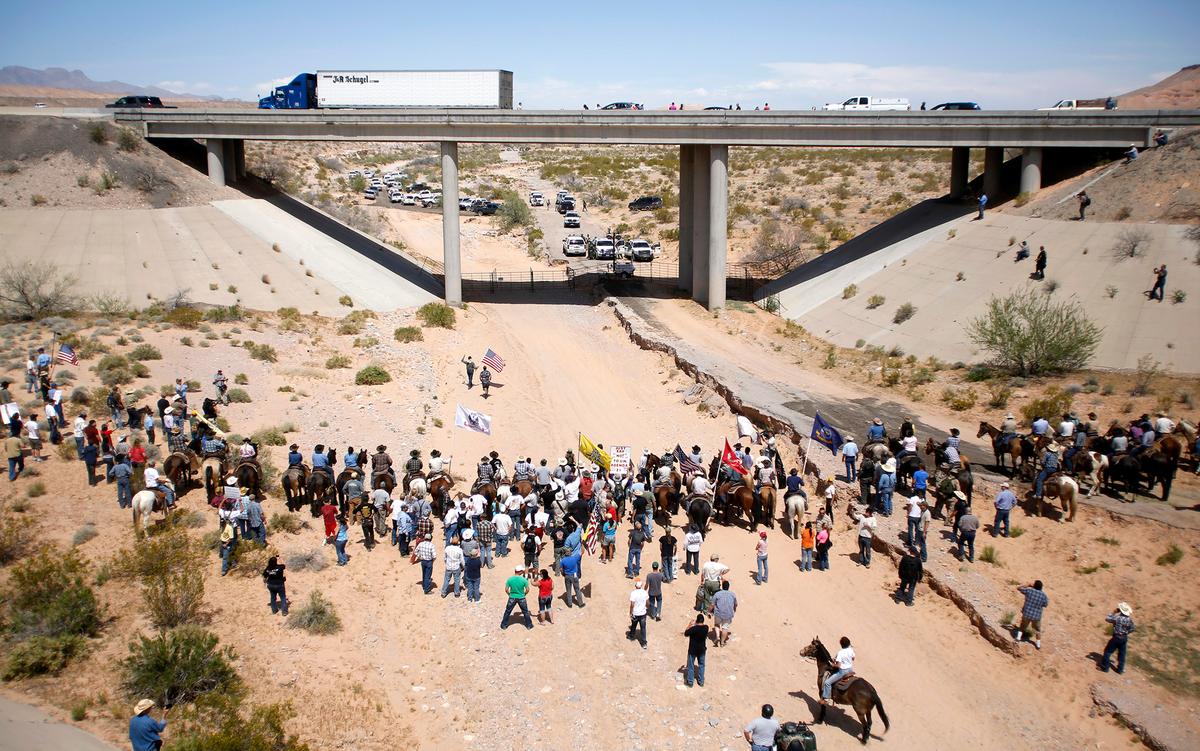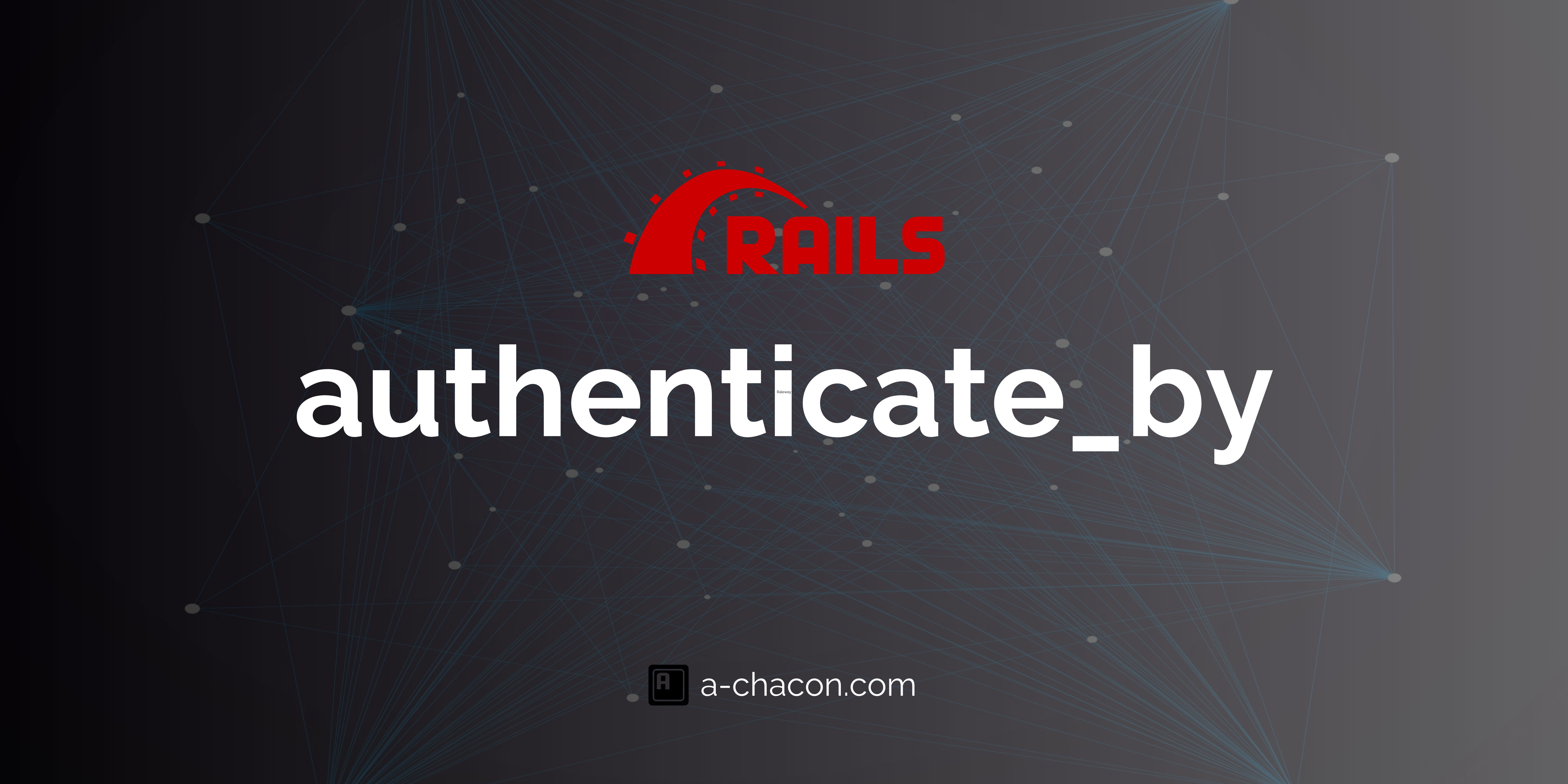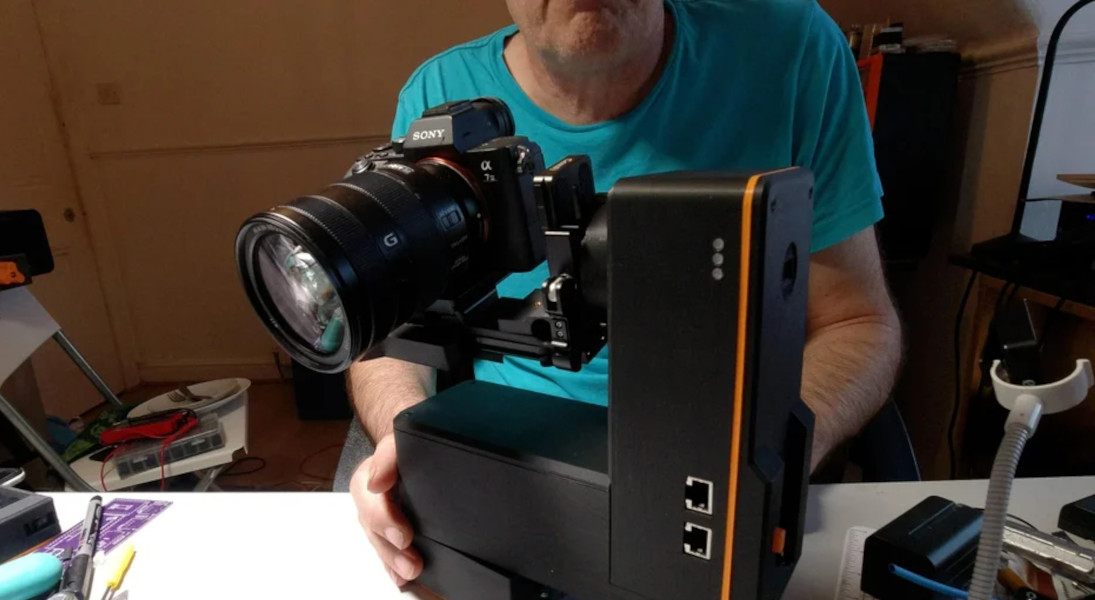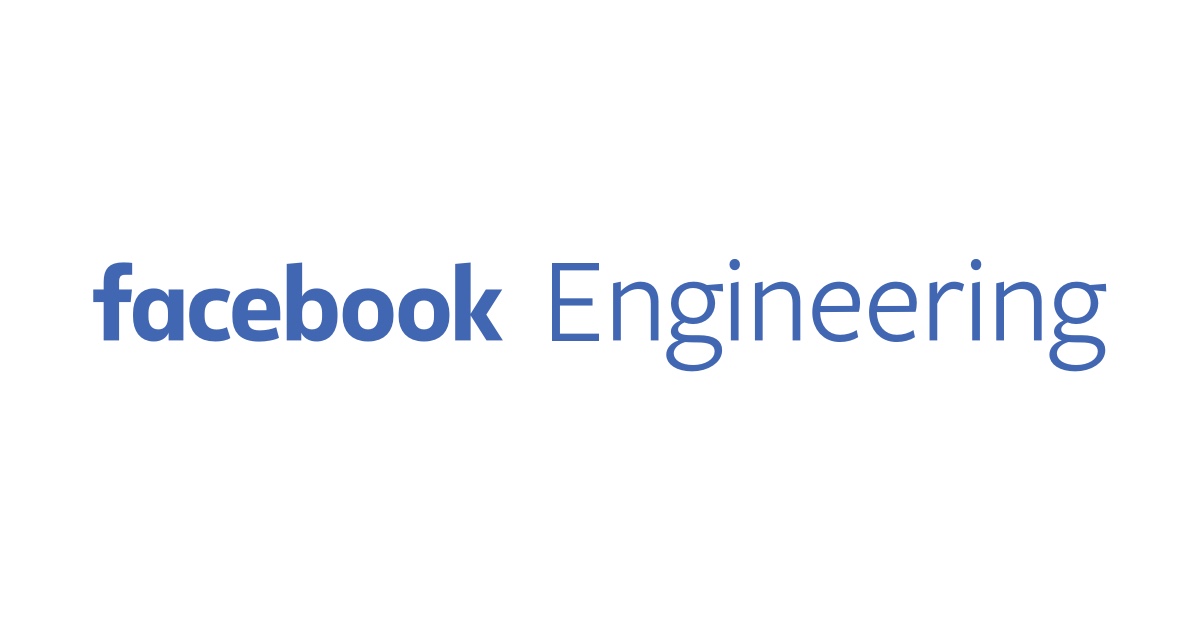
Driving towards an open internet ecosystem to help tackle the digital divide
Connectivity is an integral part of Facebook’s mission to bring people closer together, and the COVID-19 pandemic has only heightened the demand for critical internet access. According to the latest edition of our Inclusive Internet Index , nearly 70 percent of people around the world believe that increased internet usage in all aspects of their lives signified a “new normal” that will continue indefinitely in the future. But at the same time, nearly half of the world’s population remains unconnected or underconnected to the internet.
At Facebook, we’ve been collaborating with partners all over the world to enable better connectivity, with the goal of bringing more people online to a faster internet. There is no silver bullet for connecting the world — we’re focused on developing programs, technologies, and business models that increase the availability and affordability of high-quality internet, particularly in underconnected regions. This includes driving innovations around open, disaggregated solutions that are important for unlocking new ways to sustainably expand and improve connectivity for people all over the world.
The emergence of digital economies and demand for internet services means the telecom industry needs to build and scale networks that are larger and more efficient than ever before. By investing in shared infrastructure, the industry can work together to reduce the costs of delivering data and improve network reliability and speeds — providing affordable, fast, high-quality connectivity for the communities they serve. In collaboration with our partners, we’ve invested in 10,000 kilometers of terrestrial fiber around the world to date, along with 37,000 kilometers of subsea fiber with 2Africa . Together, these investments will help bring hundreds of millions of people to a faster internet across Africa, the Middle East, and the Asia-Pacific region over the next five years.


